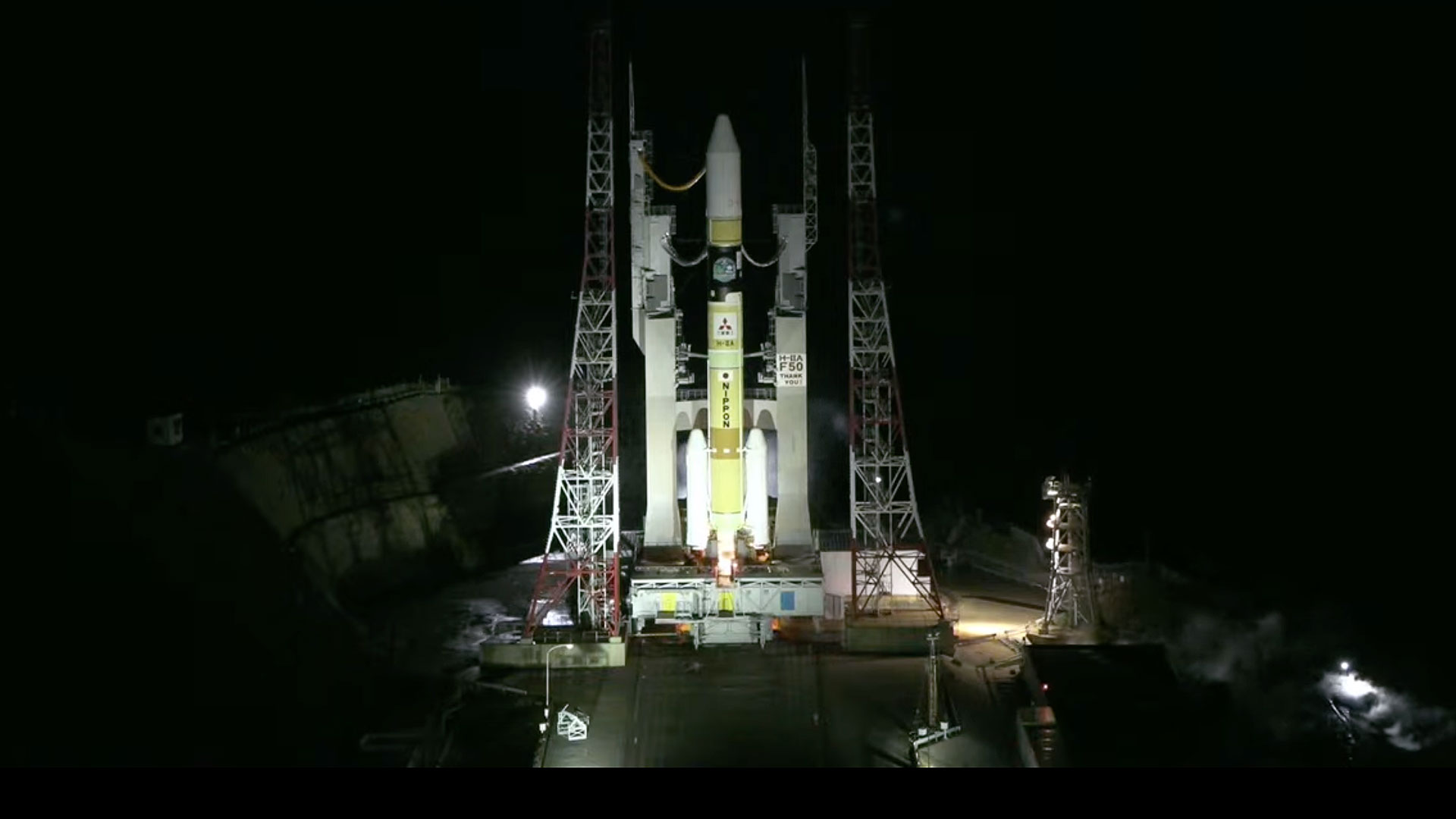
Japan Bids Farewell to H-2A Rocket After 50 Successful Missions
Japan’s workhorse H-2A rocket completed its final mission on June 28th, successfully launching the GOSAT-GW satellite, marking the end of an era for the nation’s space program and paving the way for the next generation of launch vehicles.
A Legacy of Reliability: The H-2A’s Impact on Japanese Spaceflight
The Japan Aerospace Exploration Agency (JAXA) celebrated a major milestone on Saturday, June 28th, with the 50th and final launch of the H-2A rocket. The mission carried the GOSAT-GW, a dual-purpose satellite designed to monitor greenhouse gases and water cycles, into orbit. This successful launch marks a triumphant conclusion for a rocket that has been instrumental in supporting Japan’s space development for over two decades. Built by Mitsubishi Heavy Industries for JAXA, the H-2A boasts an impressive 98% success rate, with 44 consecutive successful launches since its debut in 2001. This track record of reliability has solidified the H-2A’s position as a cornerstone of Japan’s space capabilities.
The H-2A rocket has been versatile throughout its operational life, capable of launching payloads into geostationary orbit around Earth and even to the Moon. Notable missions include the launch of the Akatsuki spacecraft to study Venus in 2010, although the initial orbital insertion attempt was unsuccessful. The rocket’s contributions extend beyond scientific missions, supporting the deployment of vital communication and observation satellites that underpin various aspects of Japanese society. The H-2A’s success is a testament to the dedication and expertise of the engineers and technicians at Mitsubishi Heavy Industries and JAXA.
The retirement of the H-2A signifies a transition to a new era for Japan’s space program. The H-2A will be replaced by the H3 rocket, a next-generation launch vehicle designed to offer comparable performance at a lower cost. This shift reflects Japan’s commitment to maintaining a competitive edge in the global space industry and ensuring sustainable access to space for future missions. The knowledge and experience gained from the H-2A program will be invaluable as Japan continues to push the boundaries of space exploration and technological innovation.
GOSAT-GW: Monitoring Climate Change from Above
The GOSAT-GW satellite, launched on the final H-2A mission, is a critical component of Japan’s efforts to understand and address climate change. Equipped with two primary instruments – the Advanced Microwave Radiometer (AMSR) and the Greenhouse Gases Observation Sensor (TANSO) – GOSAT-GW will provide valuable data on water cycles, sea surface temperatures, and greenhouse gas concentrations in Earth’s atmosphere. The AMSR will measure fluctuations in water cycles and sea surface temperatures, while the TANSO will monitor components like carbon dioxide, contributing to more accurate climate modeling and informed policy decisions.
GOSAT-GW joins its predecessors, GCOM-W2 (“SHIZUKU”) launched in 2012 and GOSAT-1 (“IBUKI”) launched in 2009, forming a constellation of satellites dedicated to Earth observation. This continuous stream of data will allow scientists to track long-term trends in climate change and assess the effectiveness of mitigation strategies. The satellite’s observations will not only benefit Japan but also contribute to the global scientific community’s understanding of our planet’s changing climate.
The launch of GOSAT-GW underscores Japan’s commitment to environmental monitoring and its leadership in developing innovative technologies for addressing global challenges. The data collected by this satellite will be crucial for informing policy decisions, promoting sustainable practices, and protecting our planet for future generations.
Key Takeaways
- Japan’s H-2A rocket completed its 50th and final mission on June 28th, successfully launching the GOSAT-GW satellite.
- The H-2A rocket achieved a 98% success rate over its nearly 25 years of operation, becoming a cornerstone of Japan’s space program.
- The GOSAT-GW satellite is designed to monitor greenhouse gases and water cycles, providing valuable data for climate change research.
- The H-2A’s retirement marks a transition to the H3 rocket, a next-generation launch vehicle offering comparable performance at a lower cost.
- Japan’s commitment to environmental monitoring and space exploration remains strong, with a focus on developing innovative technologies for addressing global challenges.





